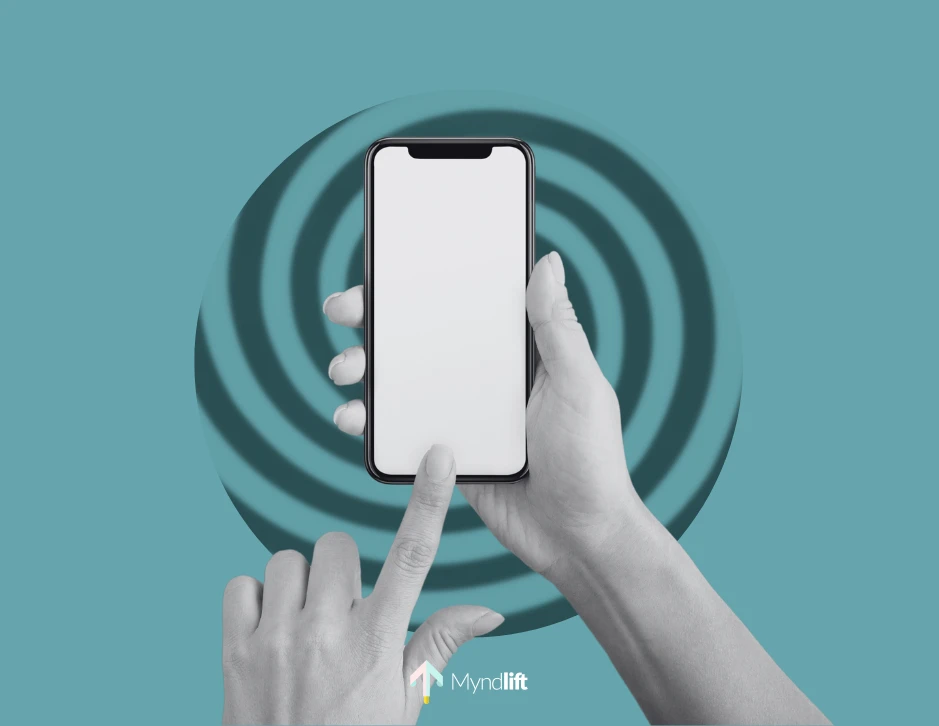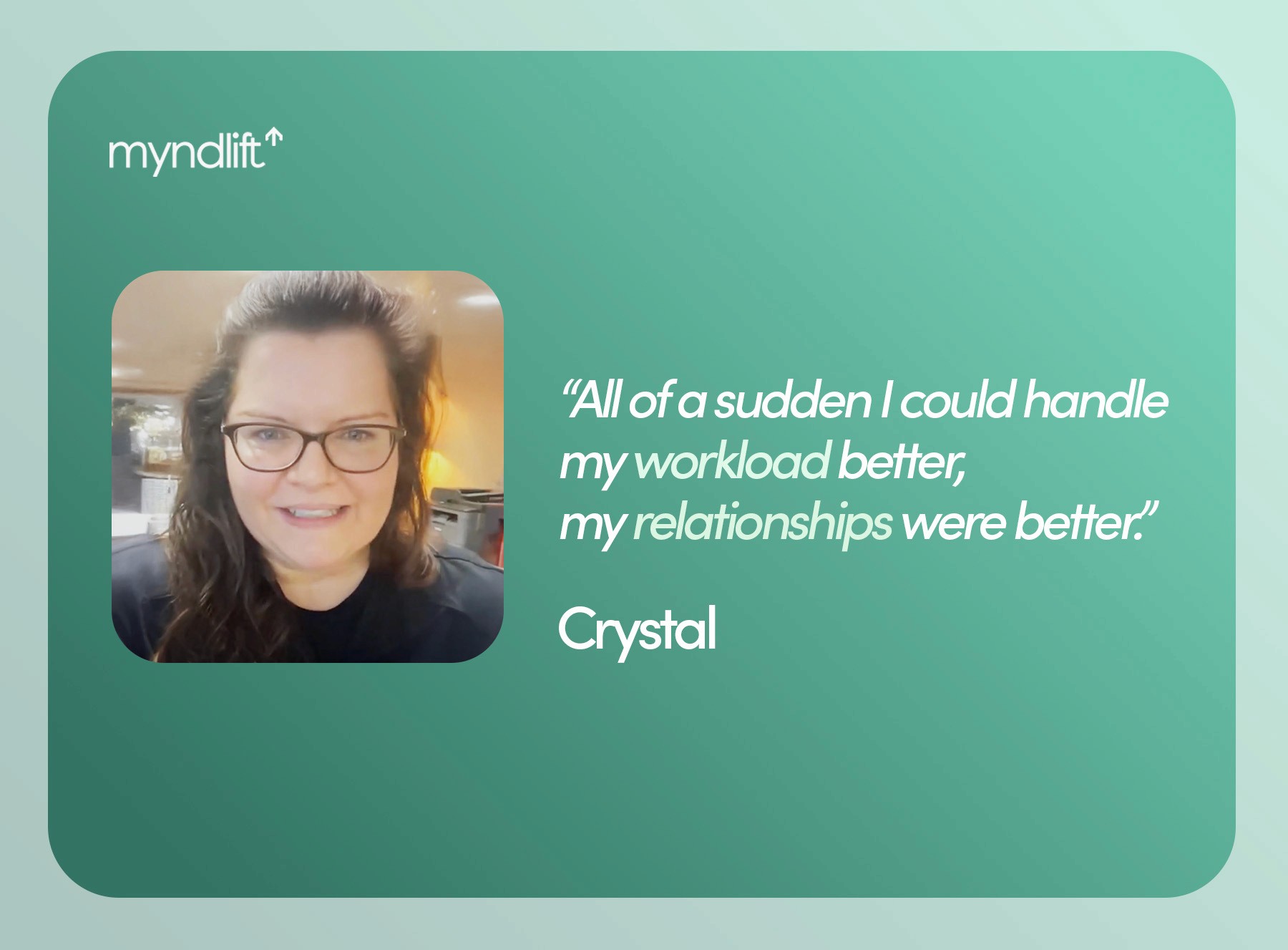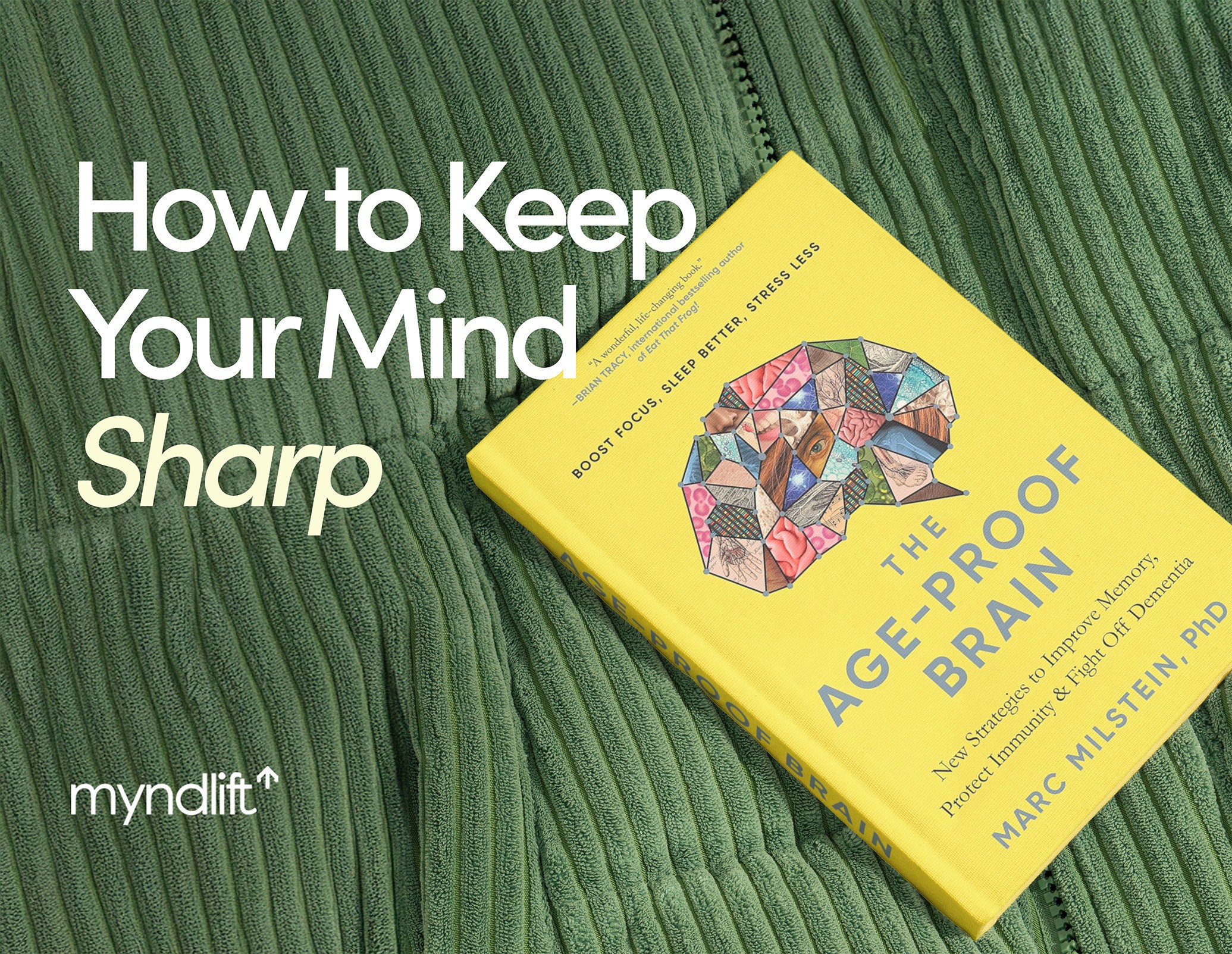Imagine this: You get home after a long day, you grab a few snacks from the cupboard, and plop down on the couch. And then, you whip out your phone. Time to open Twitter. Oodles of news about the economy collapsing, another unjust law enforcement, local robberies, hit and runs, overseas wars, and natural disasters flood your feed. It’s a digital bag of chaos and negativity, but you keep on scrolling despite your better judgment telling you to stop; despite your knowing it’s not going to help your day in any way. Why?
This bad habit of the never-ending scroll through negative (and usually shocking) news of tragedy or crises is referred to as doomscrolling. We are hardwired to scan for risks in our environments (known as the negativity bias), and reading negative news is a convenient way to scratch that itch. Doomscrolling alleviates your curiosity for unknown potential threats, while also reassuring you that you are “safe” from them. According to Cecill Ahrens, director of Transcend Therapy, a therapy practice in California, “We are evolutionarily wired to screen for and anticipate danger, which is why keeping our fingers on the pulse of bad news may trick us into feeling more prepared.”
Consuming negative news may seem harmless in the moment, but can become a destructive habit to kick later on. Doomscrolling can occur during any point in the day, with minutes or even hours going by before you realize what’s happening. Sometimes, even before bed, you may feel inclined to look through the news one last time. This may cause you to become stressed and lose out on healthy sleep.
Closely related to internet addiction, doomscrolling affects people of all ages. And while the motivations behind such behavior – to constantly be updated and aware of dangers that may affect you at some point – are valid, they can have a negative impact on various things including your sleep and the time you waste doomscrolling.
Let’s investigate why this happens and strategies to help prevent this pesky cycle of doom. We will look at:
1. The Attention Economy and Understanding Dopamine
2. The Dangers of News Addiction
3. How Doomscrolling Steals Your Sleep
4. How to Plan a Social Media Sabbatical
The Attention Economy and Understanding Dopamine
Social media can resemble a virtual slot machine that uses the same principles as those in a casino – with the goal of having you stay on the platform for as long as possible. Social media employs the powerful psychology of users craving the next “hit” or “win,” which triggers the release of dopamine in your brain.
The dopamine reward system is activated by the random algorithmic placement of content, which causes you to keep scrolling in anticipation for the next hit. This could be a TikTok of a natural disaster, a controversial tweet from a celebrity, or an Instagram reel showing how much trash is floating around in the ocean. Why? Because they’re unexpected, shocking, and capture your interest.
Likewise, news outlets broadcast mostly negative information because it hooks the audience and provides a higher level of shock value to keep viewers glued to their screens – phone or otherwise. Your brain seeks novelty, and the colorful array of applications on your phone are begging for your attention, as dopamine release is triggered by exploration. It’s the “feel good” neurotransmitter that can easily be overreleased after a social media news binge.
People have shortened attention spans as a result of unlimited access to the internet, and the access we have to the news thanks to advancements in technology have only worsened this. The vast amount of information at your fingertips can make it challenging to put an end to your scrolling. This can negatively impact your energy levels, causing you to feel sluggish since your brain doesn’t get a chance to rest or “refresh” from all it has been exposed to.
The Dangers of News Addiction
News addiction and doomscrolling are two sides of the same coin, where the latter manifests as a compulsive behavior of incessantly scrolling through negative news stories. News addiction is characterized by excessive use, compulsions, withdrawal symptoms, tolerance, and negative repercussions (similar to that of a drug). And it can affect anyone. Doomscrolling is associated with a myriad of problems, including poor physical health, depression, anxiety, and sleep disturbances. Why, then, is it so addictive despite being so detrimental to your health?
That’s because your brain craves the next intriguing bite (or should we say byte?) of media. Staying up-to-date with the news can help you feel more connected with what’s happening around the world. However, it can also cause anxiety and a sense of fear for the future.
Everywhere you go, you see people looking down at a screen while waiting in line or at the bus stop – and that’s normal! People rely on their phones for many things and they’re an unchangeable aspect of everyday life. However, it becomes an issue if you find yourself doomscrolling during all hours of the day, particularly before going to sleep, which brings us to our next point.
How Doomscrolling Steals Your Sleep
It’s way too easy to lose track of time when doomscrolling, and “just 10 more minutes” before bed can easily turn into an hour or two. This can throw your whole circadian rhythm off and negatively impact your sleep cycle. An imbalance in your circadian rhythm will affect the production of melatonin, the darkness chemical in your body that is responsible for helping you recognize when it’s time to sleep. With no set sleep schedule, it’s harder for your brain to know when to produce melatonin.
One way that melatonin production is impacted is by the light from your environment. Exposure to light at specific hours of the day (such as sunrise to sunset) directly affects your biological clock to regulate biological and psychological rhythms, letting you know when it’s time to rise and start your day and when it’s time to call it a day and get some rest.
What happens, then, when you’re exposed to the light from your phone screen right before bed? You guessed it – the artificial light from your screen, also known as blue light, simulates daylight and can throw off your natural clock. This can make you stay up later than you intended, since the light tricked your body into believing it’s not actually time for bed. In turn, you miss out on sleep and feel tired, anxious, and cranky the next day.
Before bed, the last thing your brain needs is additional stimulation; it needs to wind down and get some rest, but this can be disrupted by reading negative information.
Furthermore, your brain can become accustomed to sleep deprivation and remain in an anxious state. People who doomscroll before bed are likely to take longer to fall asleep and find it more challenging to remain asleep. And the less sleep you get, the higher risk of you developing high blood pressure, stroke, and diabetes.
To avoid doomscrolling before bed, try:
Practicing meditation before sleep to calm your thoughts and dissipate your anxiety.
Listening to white noise has been shown to help city dwellers sleep in high noise environments, but you can also reap the benefits whenever you need to rest. If you don’t have a white noise machine, there are many videos on Youtube you can listen to.
A relaxing bath while listening to some white noise or soothing nature sounds. This will help your brain recognize the signs that it's time to wind down and hit the pillow.
How to Plan a Social Media Sabbatical
You can embark on a social media sabbatical at home. During your sabbatical, you need to set ground rules and boundaries for yourself and your phone. According to your personal goals, you can opt for a partial withdrawal where you have limited access to your phone, or a full withdrawal – where you quit cold turkey. Write these rules down on a notebook or calendar and use a habit tracker if that helps.
In order to stay updated on the news without running the risk of doomscrolling, you can:
Opt to watch live news for a limited time instead of passively scrolling through news updates on your phone.
Turn off all notifications from your news apps so they cannot distract you with the latest update.
Set time limits for certain apps (including the news). You can start with 30 minutes, then decrease the length by 5 minutes per week, for example.
Dedicate specific times when you’ll check the news (such as on the bus to work or before lunch). And give yourself a time limit for how long you have to catch up on the news.
Go screen-free at least two hours before bedtime and two hours after waking up to prevent you from ending or starting the day on an anxious note (and losing time to doomscrolling).
Enjoy a mindful walk in nature each day so you’re less inclined to reach for your phone. During these walks, you can reflect on your social media sabbatical goals – what’s going well, and what needs improvement.
Doomscrolling may be a tough habit to kick, as the news is meant to keep you hooked. Luckily, you have the power to control your phone habits instead of letting them control you. And you don't have to choose between staying updated with what's happening around the world and completely cutting yourself off from current events to preserve your mental health.
You just need to set the proper boundaries to ensure that your news consumption habits are healthy and take an active, rather than passive approach. That way you can stop the cycle of doom, stay updated, and keep your mental health and sleep hygiene in check.
Myndlift provides supervised brain training that can be practiced from the comfort of your home. Contact us to understand your brain and nurture your mental health from here.
About the author:

Lily Yuan
Lily Yuan is a personality psychology / health care writer and career coach who specializes in the Strong Interest Inventory and Extended DISC assessments.
About the checker:
Kaija Sander, Ph.D.
Kaija Sander is a cognitive neuroscientist and scientific consultant for Myndlift. She holds a BSc in Biomedical Science with a specialization in Neuroscience and Mental Health from Imperial College London and a PhD in Neuroscience from McGill University. Her doctoral research focused on brain connectivity relating to second language learning success. She is passionate about the broader applications of science to have a positive impact on people’s lives.
References
Arendt J, Aulinas A. Physiology of the Pineal Gland and Melatonin. [Updated 2022 Oct 30]. In: Feingold KR, Anawalt B, Blackman MR, et al., editors. Endotext [Internet]. South Dartmouth (MA): MDText.com, Inc.; 2000-. Available from: https://www.ncbi.nlm.nih.gov/books/NBK550972.
Blades R. (2021). Protecting the brain against bad news. CMAJ : Canadian Medical Association journal = journal de l'Association medicale canadienne, 193(12), E428–E429. https://doi.org/10.1503/cmaj.1095928.
Blume, C., Garbazza, C., & Spitschan, M. (2019). Effects of light on human circadian rhythms, sleep and mood. Somnologie : Schlafforschung und Schlafmedizin = Somnology : sleep research and sleep medicine, 23(3), 147–156. https://doi.org/10.1007/s11818-019-00215-x.
Bryan McLaughlin, Melissa R. Gotlieb, Devin J. Mills. Caught in a Dangerous World: Problematic News Consumption and Its Relationship to Mental and Physical Ill-Being. Health Communication, 2022; https://doi.org/10.1080/10410236.2022.2106086.
Chegeni, M., Shahrbabaki, P. M., Shahrbabaki, M. E., Nakhaee, N., & Haghdoost, A. (2021). Why people are becoming addicted to social media: A qualitative study. Journal of education and health promotion, 10(1), 175. https://doi.org/10.4103/jehp.jehp_1109_20.
Chisholm, A., & Hartman-Caverly, S. (2022). Privacy Literacy: From Doomscrolling to Digital Wellness. portal: Libraries and the Academy 22(1), 53-79. https://doi.org10.1353/pla.2022.0009.
de Hoog, N., & Verboon, P. (2020). Is the news making us unhappy? The influence of daily news exposure on emotional states. British journal of psychology (London, England : 1953), 111(2), 157–173. https://doi.org/10.1111/bjop.12389.
de Hoog, N., & Verboon, P. (2020). Is the news making us unhappy? The influence of daily news exposure on emotional states. British journal of psychology (London, England : 1953), 111(2), 157–173. https://doi.org/10.1111/bjop.12389.
Djernis, D., Lerstrup, I., Poulsen, D., Stigsdotter, U., Dahlgaard, J., & O'Toole, M. (2019). A Systematic Review and Meta-Analysis of Nature-Based Mindfulness: Effects of Moving Mindfulness Training into an Outdoor Natural Setting. International journal of environmental research and public health, 16(17), 3202. https://doi.org/10.3390/ijerph16173202.
Ebben, M. R., Yan, P., & Krieger, A. C. (2021). The effects of white noise on sleep and duration in individuals living in a high noise environment in New York City. Sleep medicine, 83, 256–259. https://doi.org/10.1016/j.sleep.2021.03.031.
Firth, J. A., Torous, J., & Firth, J. (2020). Exploring the Impact of Internet Use on Memory and Attention Processes. International journal of environmental research and public health, 17(24), 9481. https://doi.org/10.3390/ijerph17249481.
Kuss, D. J., & Griffiths, M. D. (2011). Online social networking and addiction--a review of the psychological literature. International journal of environmental research and public health, 8(9), 3528–3552. https://doi.org/10.3390/ijerph8093528.
Nan Sheng, Chunjiang Yang, Lei Han, Min Jou, Too much overload and concerns: Antecedents of social media fatigue and the mediating role of emotional exhaustion, Computers in Human Behavior, Volume 139, 2023, 107500, ISSN 0747-5632, https://doi.org/10.1016/j.chb.2022.107500.
Nikolovski, A. (2022). Wellbeing and resilience: Doomscrolling - what is it and how can we stop it? Bulletin (Law Society of South Australia), 44(3), 37. https://search.informit.org/doi/10.3316/agispt.20220505066428.
Rafique, N., Al-Asoom, L. I., Alsunni, A. A., Saudagar, F. N., Almulhim, L., & Alkaltham, G. (2020). Effects of
Mobile Use on Subjective Sleep Quality. Nature and science of sleep, 12, 357–364. https://doi.org/10.2147/NSS.S253375.
Ruth M. Krebs, Björn H. Schott, Hartmut Schütze, Emrah Düzel,The novelty exploration bonus and its attentional modulation, Neuropsychologia, Volume 47, Issue 11, 2009, Pages 2272-2281, ISSN 0028-3932, https://doi.org/10.1016/j.neuropsychologia.2009.01.015.
Ryding, F. C., & Kaye, L. K. (2018). "Internet Addiction": a Conceptual Minefield. International journal of mental health and addiction, 16(1), 225–232. https://doi.org/10.1007/s11469-017-9811-6.
Skowronski J. J., Carlston D. E., Negativity and extremity biases in impression formation: A review of explanations. Psychol. Bull. 105, 131–142 (1989).
Soroka, S., Fournier, P., & Nir, L. (2019). Cross-national evidence of a negativity bias in psychophysiological reactions to news. Proceedings of the National Academy of Sciences of the United States of America, 116(38), 18888–18892. https://doi.org/10.1073/pnas.1908369116.
Vaish, A., Grossmann, T., & Woodward, A. (2008). Not all emotions are created equal: the negativity bias in social-emotional development. Psychological bulletin, 134(3), 383–403. https://doi.org/10.1037/0033-2909.134.3.383.




